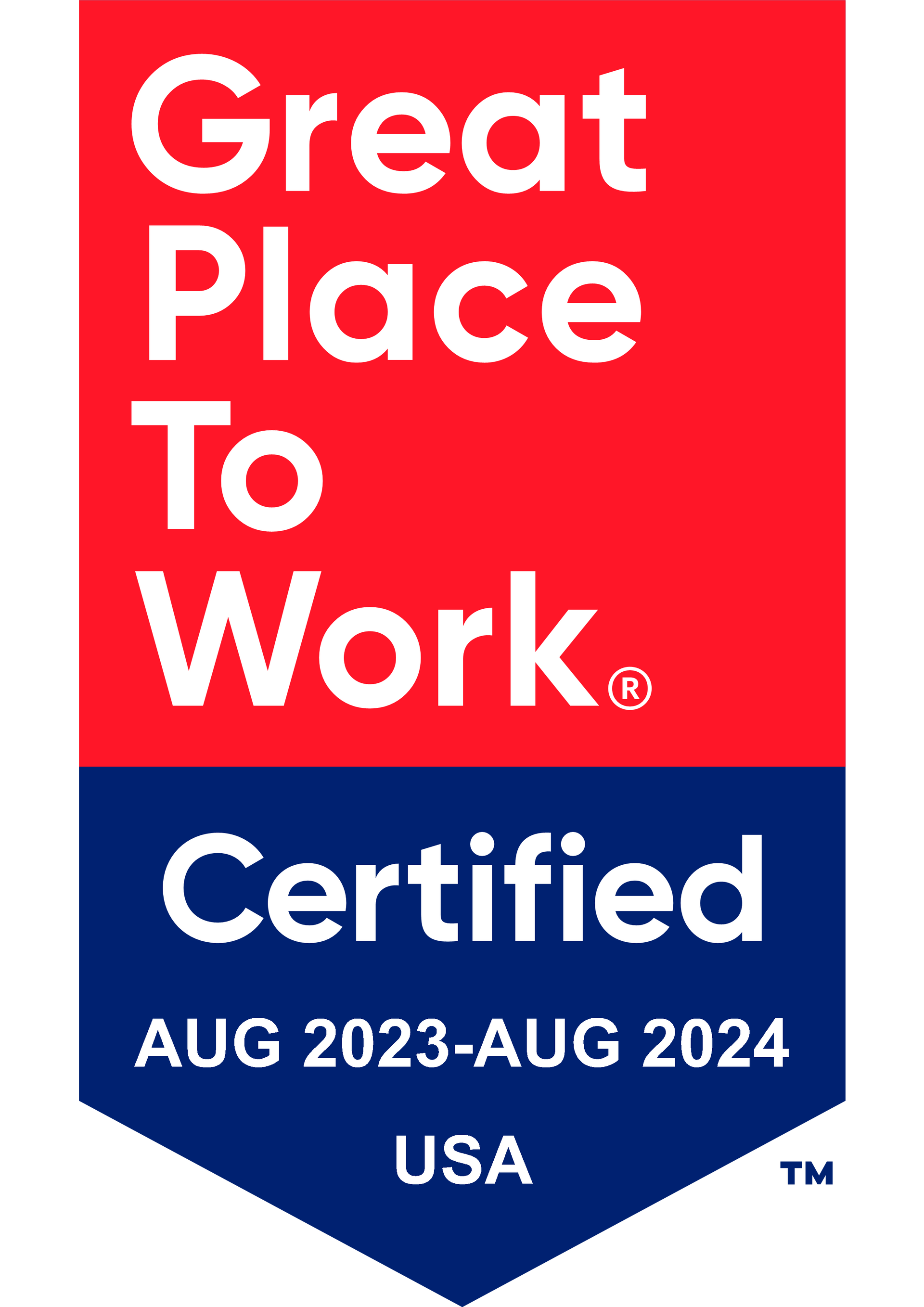Get in touch
408-366-8880
mymail@mailservice.com

Understanding Medical Plan Benefit Options
Medical costs are one of the leading causes of bankruptcy in America, accounting for 62% of cases, according to a Harvard University study reported by Forbes. Medical costs are also one of the top stressors for Americans. In the 13th annual Stress in America survey, two in five adults reported that they previously had difficulty paying for health care, and more than 60% surveyed shared that medical costs are a source of stress for them.
Medical benefits give employees peace of mind by allowing them to take care of themselves and their families. It’s understandable, then, that medical benefits rank high on an employee’s priority list when considering employment opportunities. It’s also understandable that an employer’s benefits plan offerings tie into its employee value proposition.
There are many factors to consider when deciding on the types of medical plan benefits to offer to employees. Depending on the goals and budget of an organization, there may be several options to choose from, including traditional co-pay plans, high deductible plans, plans accompanied by a Health Savings Account (HSA) or Health Reimbursement Account (HRA), supplemental insurance, catastrophic insurance, critical illness insurance, mental health benefits, dental benefits, and vision benefits. There are also minimum requirements for employers to consider based on certain local and state laws, as well as the Federal Affordable Care Act.
A benefits brokerage firm like KBI can help you determine the best options for your organization and learn about the many health benefit plan options available to you. Continue reading for an outline of some of the benefits plan options organizations can offer as part of their benefits package.
TRADITIONAL CO-PAY PLANS AND FLEXIBLE SPENDING ACCOUNTS (FSAS)
Traditional medical plans are group health plans offered to employees, with benefits that can extend to the employee’s dependents. The organization pays a premium for the healthcare policy. Premium costs are usually shared with employees. Traditional co-pay plans and high deductible health plans fall under traditional group health plans offered by employers.
In traditional co-pay plans, the employee might be responsible for paying coinsurance, deductibles, and co-pays. Typically, the insured pays coinsurance or a co-pay each time he or she visits the doctor. The co-pay or coinsurance is generally a flat amount or a percentage of the services rendered. The individual is responsible for paying the co-pay or coinsurance when services are rendered.
A traditional co-pay plan has a deductible and out-of-pocket maximum for the year. Once the plan’s deductible is met, the coinsurance kicks in, which is commonly an 80/20 split. The insurance pays 80% of medical services rendered, with the individual paying the remaining 20%. Once the out-of-pocket maximum for the year is met, the insurance kicks in and covers all subsequent medical expenses. Covered services usually include office visits, lab tests, and prescriptions. More services are covered by in-network providers.
Traditional co-pay plans often allow employees to contribute to a Flexible Spending Account (FSA). An FSA allows employees to contribute pre-tax dollars up to the annual maximum allowed, as set by the IRS. An FSA account can be used to cover qualified medical expenses, including co-pays, prescriptions, chiropractor visits, and other necessary medical services. Employees can borrow against the amount they allotted to contribute to their FSA in a given year. If the employee does not use all of the money deposited into the FSA in a given year, the money is lost. On the other hand, if an employee leaves an organization and has spent more than what was deposited, the money does not have to be repaid. An employer can request that the employee repay the funds, but it’s not required by law, and it’s uncommon for employers to get the money back.
Employees appreciate a traditional co-pay plan, especially when they know they’ll have a fair amount of medical services rendered in a given year, as it allows them to know how much each service will cost at the time it’s rendered. Because traditional co-pay plans can be expensive for employers, however, more cost-effective high-deductible plan options have begun to replace them.
HIGH DEDUCTIBLE HEALTH PLANS (HDHPS)
High deductible health insurance plans are similar to traditional co-pay plans. The major difference between them has to do with the deductible: Generally, in a high deductible health insurance plan, employees have to meet their deductible before any co-sharing kicks in. As the name implies, the deductible is considered high. Base plans can easily have a deductible of $3,000 or more that the employee must meet before the insurance covers any portion of medical expenses. To be considered an HDHP, the deductible has to be $2,700 or higher for a family and $1,350 or higher for an individual. Like traditional co-pay plans, common services covered include office visits, lab tests, and prescriptions, and services are covered to a greater degree for in-network providers. With some HDHPs, out-of-network providers might not be covered at all.
Plans with high deductibles — which equate to higher up-front costs for the employee — are often accompanied by a Health Savings Account (HAS) or a Health Reimbursement Account (HRA) to help offset the cost for the employee.
HEALTH SAVINGS ACCOUNTS (HSAS)
HSAs typically accompany high deductible health plans. Employees can deposit up to a certain amount of money each year into an HSA on a pre-tax basis. The HSA funds can then be used to cover qualified health-related expenses, including co-pays, deductibles, prescriptions, dental exams, certain vitamins, and more. Employees need to maintain receipts for any expenses paid through the HSA in case they need to provide verification to the IRS. Once an employee invests money into an HSA, it’s his or hers to keep for as long as the money is in the account. It’s also possible to convert funds to a 401(k) once certain criteria have been met, and if the employee leaves the company, the HSA goes with them. Funds are never lost.
Employers can also choose to contribute funds to an HSA for employees up to the IRS allowable maximum per year. Third parties administer the HSA in conjunction with the medical plan for an organization.
HEALTH REIMBURSEMENT ACCOUNTS (HRAS)
HRAs are employer-funded and function like an HSA. HRAs are IRS-approved, tax-advantaged health benefits provided to employees for reimbursement of medical premiums and allowable out-of-pocket expenses. Employers can choose the amount they offer to employees through their HRA, which makes it a smart choice for businesses that can’t afford to offer traditional health insurance plans.
There are a handful of HRAs that are IRS-approved and available. They all have a similar structure: The employer sets the allowed amount; the employee uses the account for purchases and submits proof of the purchase; and the employer approves the expense and reimburses the employee.
The different HRAs available include the Qualified Small Employer HRS (QSEHRA), Individual Coverage HRA (ICHRA), Group Coverage HRA, Excepted Benefit HRA, Dental or Vision HRA, and Retiree Health Reimbursement Arrangement (RHRA). Each HRA has contribution limits that are set by the IRS. Other differences between the different options include employee count limitations, varying tax advantages, varying medical plan integration requirements, and different allowable covered expenses.
MEDICAL EXPENSE REIMBURSEMENT PLAN (MERP)
A Medical Expense Reimbursement Plan (MERP) allows employers to cover a percentage of their employees’ co-payments, coinsurance, deductible, and other covered health-related expenses on a tax-free basis. Expenses are reimbursed to the employee after they’ve been incurred.
SELF-FUNDED HEALTH INSURANCE
When businesses decide to self-insure, the organization pays for each claim when it’s submitted instead of paying premiums to an insurance provider. Self-funded health insurance can be a risky type of insurance for businesses to offer, as high-dollar, unexpected claims can come through and need to be covered. Claims and filings are managed by third-party administrators, and a stop-loss policy is set up to mitigate risk.
SUPPLEMENTAL INSURANCE
Supplemental insurance is additional insurance that an individual can purchase to pay for out-of-pocket expenses and services that might not be covered by regular health insurance. These plans often offer cash to pay for out-of-pocket expenses, including co-payments, deductibles, and coinsurance. There are different providers of supplemental insurance with varying degrees and types of services covered.
CRITICAL ILLNESS INSURANCE
Critical illness, or disease-specific, insurance helps mitigate the financial burden imposed on affected employees by serious diagnosed illnesses, such as cancer. Critical illness policies offer a lump-sum cash payment to support payment of additional costs related to the illness that are not covered under disability coverage or other traditional medical benefits. Although coverage varies between plans, common covered expenses include out-of-network specialists, childcare assistance, treatment-related travel and lodging, and deductibles.
CATASTROPHIC HEALTH INSURANCE
Catastrophic health insurance offers coverage for preventative care and emergencies. Catastrophic insurance generally comes with a high deductible and low monthly premium. The cost of care is often the responsibility of the patient until the deductible is met. Catastrophic plans are a good alternative to traditional plans when individuals can’t afford the higher premiums of traditional plans.
DENTAL INSURANCE
Dental insurance only covers dental procedures. Most forms of dental insurance totally cover two cleanings per year and provide a shared cost for other services, including crowns, fillings, and mouth guards. Dental insurance is a relatively low-cost insurance plan for employers to offer and for employees to pay for.
VISION INSURANCE
Vision insurance covers the cost of eye exams, glasses, and contacts. It’s another relatively low-cost benefit for employers to offer, with relatively low premiums for employees to pay.
MENTAL HEALTH BENEFITS
Some level of mental health benefits is typically covered under traditional and high deductible medical plans. With the emphasis on mental health these days, however, many employers are offering additional mental health benefits to employees. The goal is to have easier, direct access to mental health providers by partnering with local clinics, having a mental health professional on-site, or offering telehealth counseling services.
REQUIREMENTS FOR EMPLOYERS UNDER THE AFFORDABLE CARE ACT (ACA)
Under the Affordable Care Act (ACA), if employers have 50 or more full-time equivalent employees (FTEs), they must offer affordable health care coverage to at least 95% of their FTE population. Employees must work 30 hours or more each week to be considered full-time. An affordable plan costs 9.69% or less of an employee’s household income. Employers are required to provide employees with a “Summary of Benefits and Coverage” that outlines the cost of the plan and what it covers. Employers risk penalization if they do not offer this information to their employees.
Generally, if small businesses have less than 50 employees, they do not need to offer insurance. However, if the business does offer health insurance, it needs to comply with the provisions of the ACA. Small businesses have the option to offer coverage under the Small Business Health Options Program (SHOP). SHOP offers small businesses the opportunity to offer high-quality coverage at reduced costs by streamlining administration and pooling risk. If businesses with less than 25 FTEs offer coverage through SHOP, they could be eligible for the Small Business Health Care Tax Credit.
MEDICAL BENEFITS MATTER TO EMPLOYEES
Employees care about having medical benefit options. Offering medical benefits helps companies hire and retain top talent. But cost is a deciding factor for employers when they choose the types of benefits to offer. Fortunately, with options like high deductible plans and HSAs, it’s possible to keep costs down while still offering healthcare to employees. With years of experience, KBI understands the many nuances and requirements that come with selecting medical benefits for your organization. We work with you to develop a plan that meets your needs and the needs of your employees.
Services
Latest Thinking




